Let's talk about the 'Myrrh' scent of David Austin Roses
HU-309620285
10 months ago
last modified: 10 months ago
Featured Answer
Sort by:Oldest
Comments (25)
Related Discussions
A new source of vintage David Austin Roses
Comments (160)Below is what I notice in my garden of 150+ fragrant own root roses: 1) Own roots that can take high humidity with healthy leaves in my rooting bin, even with constant condensation (water) on leaves & stems. These can take extreme humidity yet have 100% healthy leaves, even with poor drainage if the soil is NOT acidic. Evelyn, W.S. 2000, Mary Magdalene, Christopher Marlowe, Pat Austin, Queen of Sweden, James Galway, Dee-lish, the Dark Lady, Spirit of Freedom, Tchaikovsky, Purple Lodge. 2) Own roots with healthy leaves with humidity, if the drainage is fast, plus liming on top to neutralize acidic rain: Abraham Darby, Crown princess Magareta, Tess of d'Ubervilles, A Shopshire Lad, Radio times, Well Being, Augusta Luis, Sonia Rykiel, Yves Piaget child. 3) Own roots that blackspots with high humidity despite fast draining or liming, and need constant potassium fertilizer to stay healthy: Golden Celebration, Carding Mill, the Squire, Gertrude Jekyll, St. Cecilia, Firefighter, Comte de Chambord. 4) Own roots with THICK LEAVES which rabbits don't eat: Evelyn leaves are thicker than Abe. Tchaikosky leaves are thick like Augusta Luis, Christopher Malowe leaves are thick like James Galway and Purple Lodge. Crown Princess Mag, Strike it Rich and About Face have thicker leaves than Cading Mill. Never see blackspots on Chris, Evelyn, Tchaikosky nor James Galway. 5) Own roots with THIN LEAVES which rabbits devour: Abe. Darby, Munstead Wood, W.S. 2000, Sonia Rykiel, Well Being Golden Cel., Firefighter, Boscobel, and Comte de Chambord. The above are my observation with own-roots in my garden plus rootings in humid bins of Evelyn, Dee-lish, W.S. 2000, Spirit of Freedom, Christopher Marlowe, The Dark Lady, The Squire, Augusta Luis, James Galway, Mary Magdalene, Abraham Darby, Sonia Rykiel, Dee-lish, Golden Celebration, Gertrude Jekyll, Radio Times, Pat Austin, Well Being, Tchaikovsky, Crown Princess Mag., Purple Lodge, thornless Yves Piaget child. *** Princess Anne is touted as very healthy, but as its roots mature in its 5th-year, it's prone to blackspots in my poor drainage clay. Some Austins have chunky & woody root that rot fast in standing acidic rain water like Princess Anne. Some own-root starts out as healthy cluster roots, then matures to chunky & woody (like Dr.Huey-rootstock) and become more Blackspot-prone in later years like Princess Anne. Other Austins like W.S. 2000 have cluster-root (similar to multiflora) that does not rot in acidic rain, thus zero blackspots even as 12th-year-own-root. Leaves of W.S. 2000 and Evelyn have NO blackspots in high humidity rooting bin. Evelyn can take high rain and poor drainage clay better than Abraham Darby (best bloomer for hot & dry and alkaline climate). A Abe. Darby & Sonia Rykiel & Well-Being need a higher pH and all 3 bloom well with my alkaline tap water at pH 9, thus best for hot & dry climate. Below are pics. of W.S. 2000 being healthy, it's right next to the rainspout dumping tons of acidic rain at pH 4.5, note the pale leaves: Below pic. of Evely was taken July 24, after week-long rain, I never see blackspots on it in its 12 years as own-root, if biochar at pH 8.6 is given before a rainy month. Note Evelyn's paler leaves than Abe. Darby:...See MoreBathsheba, a David Austin rose
Comments (131)He didn’t repeat for me because I never deadheaded him. Why, I’ll never know. I do all my other roses. I just got tired of climbing a ladder to get up to him. I gave my neighbor one and she grows it as a bush. It gets huge. She has a support in the middle. A metal post would do. Just something to hold it up to the wind. He wants to grow out and puts out new canes every year. I used 1/4 cup Osomocote in the pink cap bottle for fertilizer in March or April and watered regularly. Huge. HUGE!!! And never any die back in -20F winters. Huge....See MoreDavid Austin roses vs kordes roses
Comments (52)I have a loamy clay here in zone 6. I have tried a number of Austins and I loved them, but I usually ended up with some kind of foliage issue. It's been awhile, so I don't remember what. I keep trying different roses that are thought to be good in a no spray garden and last spring I planted - Savannah and Beverly and Pope John Paul. Savannah is a Kordes - my first. It was enjoyable in it's first season. Pretty foliage and I liked the color and texture of the blooms. It didn't grow too much or produce many flowers, but I didn't expect a lot in it's first year starting off bare root from Palatine. But by the end of the season, it was suddenly showing some problem with one of the canes. Not insects, but disease. I left it alone and just hoped for the best this spring. This spring, it had some leaf buds on it, but they deteriorated as soon as they opened and while the other roses were pushing out more buds and then opening leaves, Savannah did nothing and looked worse. So I decided to cut all the canes back to the ground. And I thought that was the end of it really, but to my surprise, it sprouted new canes - about 3 of them. Right now it's about 6-8" tall and has leafed out and looks okay. Not a great start for a rose though. Beverly is another Kordes and last year it did fine and produced more flowers than Savannah and looked healthy. This year it has filled out with leaves. I usually have roses starting to open by June 1st, so, we'll see how it does this year. The foliage looked clean all season last year and so far this year too. Maybe by the end of this season I'll be able to make a better comparison....See MoreK and M roses/David Austin roses
Comments (52)Beth Hana I'm interested in BUYING your cuttings of the Prince & Cymbaline and any Austin that smell good from you. I almost bought the Prince back in 2012 from Chamblee's Nursery in Texas but my daughter didn't like its color !! Now I regret it. Few years ago I bought Young Lycidas and it died in its first winter in my zone 5a as grafted-on-Dr.Huey. Grafted roses don't survive freezing rain in my poor drainage clay. Get tired of $3,000 worth of roses dying through my zone 5a winter for the past 3 decades, so I get into rooting roses to donate to charity instead. pricklycuttingnoca I rooted a few The Squire this year, it's drought & heat tolerant. Here's the list of the year introduced from Facebook David Austin group. Patent expires after 20 yrs. of introduction. 1963 : Constance Spry 1967 : Chianti 1968 : Shropshire Lass, Scintillation 1969 : Wife of Bath, Canterbury, Dame Prudence, The Friar, The Knight, The Prioress, The Yeoman 1970 : Chaucer, The Miller 1973 : Charles Austin, Lilian Austin, Red Coat 1974 : Glastonbury 1977 : The Squire 1979 : The Countryman, The Reeve 1982 : Admired Miranda, Charmian, Fair Bianca, Hero, Leander, Prospero, Proud Titania, Wise Portia 1983 : Graham Thomas, Mary Rose, Cressida, Cymbaline, Jaquenetta, Lordly Oberon, Lucetta, Moonbeam, Perdita, Pretty Jessica, Sir Clough, Tamora, Troilus 1984 : Belle Story, Bredon, Dove, Ellen, Heritage, Hilda Murrell, Mary Webb, Wenlock, Windrush 1985 : Abraham Darby, Emanuel, Mountain Snow, Sir Walter Raleigh 1986 : Symphony, Claire Rose, English Garden, Gertrude Jekyll, Othello, Robbie Burns, Warwick Castle, Wild Flower 1987 : Doctor Jackson, Fisherman's Friend, St. Cecelia, Swan, The Nun, William Shakespeare 1988 : Charles Rennie Mackintosh, Financial Times Centenary, Francine Austin, Leonard Dudley Braithwaite, Potter and Moore, Queen Nefertiti, Snowdon, Winchester Cathedral. 1989 : Sharifa Asma, Sweet Juliet, Bibi Maizoon 1990 : Jayne Austin, Ambridge Rose, Brother Cadfael, Kathryn Morley, Lilac Rose, Peach Blossom, The Prince 1991 : Bow Bells, Evelyn, Cottage Rose, Country Living, The Dark Lady, The Pilgrim 1992 : Sir Edward Elgar, Emily, Glamis Castle, Golden Celebration, Immortal Juno, Redouté , The Alexandra Rose, Tradescant 1993 : Happy Child, Mrs. Doreen Pike, Radio Times, St. Swithun, Proud Bride 1994 : Charlotte, Eglantyne, John Clare, Molineux, The Herbalist 1995 : Pat Austin, Noble Anthony, Jude the Obscure, Pegasus, English Elegance, Heavenly Rosalind 1996 : Morning mist 1997 : Tess of the D'Urbervilles, Sophy's Rose, Scepter'd Isle, Ann, Trevor Griffith, Barbara Austin, Charity, Geoff Hamilton, Mayor Of Casterbridge, Heather Austin, Mistress Quickly, A Shropshire Lad, Snow Goose, Marinette, Rushing Stream, Windflower 1998 : Buttercup, Dr. Herbert Gray, Mary Magdalene, William Morris, Teasing Georgia 1999 : Falstaff, Anne Boleyn, Blythe Spirit, Portmeiron 2000 : Crocus Rose (Syn Emanuel) , William Shakespeare 2000, Crown Princess Margareta, Cordelia, Miss Alice, James Galway, Malvern Hills, Ludlow Castle (syn. England's Rose) 2001 : Benjamin Britten, Alnwick Castle, Charles Darwin, Comtes des Champagne, Corvedale, Grace, The Mayflower 2002 : Christopher Marlowe, Jubilee Celebration, Lochinvar, Mortimer Sackler, Spirit of Freedom, The Generous Gardener 2003 : Janet, Rose-Marie, Scarborough Fair, Wildeve 2004 : Queen of Sweden, Harlow Carr, Rose of Picardy, Rosemoor, Hyde Hall, St. Alban, Wisley, The Ingenious Mr.Fairchild, Carding Mill 2005 : Wild Edric, Summer Song, Gentle Hermione, Darcey Bussell, Lady Emma Hamilton, The Endeavour 2006 : Sister Elizabeth, Strawberry Hill, Tea Clipper, Lichfield Angel, Windermere 2007 : Skylark, Port Sunlight, Munstead Wood, Claire Austin, Princess Alexandra of Kent, Bishop's Castle, The Shepardess, Alan Titchmarch, Lady of Megginch 2008 : Sir John Betjeman, Wisley 2008, Young Lycidas 2009 : The Wedgewood Rose, Kew Gardens, Lady of Shalott, Tam O'Shanter 2010 : Maid Marion, Cariad, Englands Rose, Princess Anne, Susan Williams-Ellis, The Lady's Blush 2011 : Fighting Temeraire, Lady Salisbury, William and Katherine, Queen Anne, Wollerton Old Hall 2012 : Heathcliff, Tranquillity, Boscobel, Royal Jubilee, The Lark Ascending 2013 : Carolyn Knight, The Albrighton Rambler, The Lady Gardener, Thomas`a Becket 2014 : Olivia Rose Austin, The Lady of the Lake, The Poet's Wife 2015 : Desdemona, Sir Walter Scott, The Ancient Mariner 2016 : Bathsheba, Imogen, Roald Dahl 2017 : James L. Austin, Dame Judi Dench, Vanessa Bell 2018 : Emily Bronte, The Mill on the Floss, Tottering-on-Gently 2019 : Eustacia Vue, Gabriel Oak 2020: Silas Marner, The Country Parson 2021: Nye Bevan...See MoreHU-309620285
10 months agolast modified: 10 months agoUser
10 months agoHU-309620285
10 months agolast modified: 10 months agoHU-309620285
10 months agolast modified: 10 months agoingrid_vc zone 10 San Diego County
10 months agoHU-309620285
10 months agoRob SpiritStoneSilverRoses
10 months agoRob SpiritStoneSilverRoses
10 months agoHU-309620285
10 months agolast modified: 10 months agoHU-309620285
10 months agolast modified: 10 months agoHU-309620285
10 months agolast modified: 10 months agoHU-309620285
10 months agolast modified: 10 months agoHU-309620285
10 months agolast modified: 10 months agoforever_a_newbie_VA8
8 months agoHU-309620285
8 months agolast modified: 8 months agoPatrick-7a-MD
8 months agoSharon z8b Texas
8 months agolast modified: 8 months ago
Related Stories
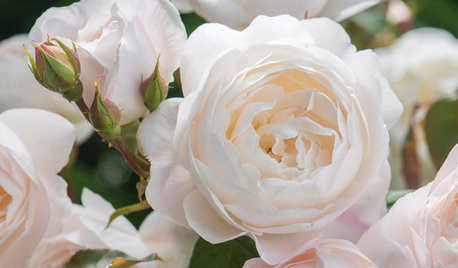
GARDENING GUIDESGorgeous New English Roses From David Austin
The rose breeder’s irresistible 2017 and 2016 varieties have graceful flower forms and unusual fragrances
Full Story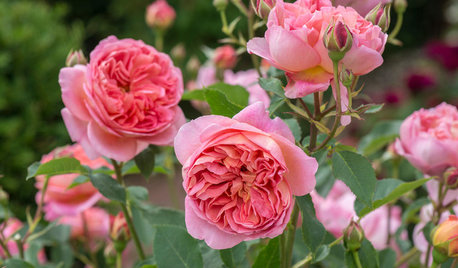
GARDENING GUIDESYou’re Going to Want to Stop and Smell These Roses
See top picks from David Austin’s most fragrant roses in colors ranging from ivory to crimson
Full Story
FUN HOUZZHouzz Call: Tell Us About Your Dream House
Let your home fantasy loose — the sky's the limit, and we want to hear all about it
Full Story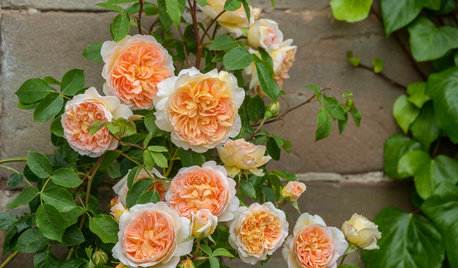
FLOWERSSneak a Peek at Some of Next Year’s Irresistible New Roses
Here are top 2018 picks for beautiful blooms, lovely fragrances and exceptional disease resistance
Full Story
GARDENING GUIDES6 Captivating Roses for an Alluringly Fragrant Garden
Perfume your garden with aromas from richly spicy to lightly sweet, without sacrificing an inch of color
Full Story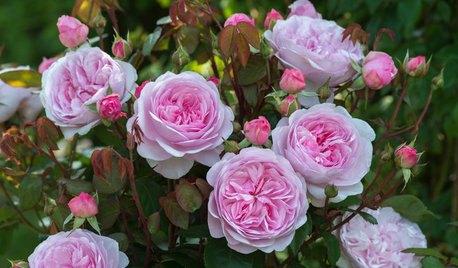
ROSES9 Roses That Landscape Designers Love
See which beautiful and reliable rose varieties are favored by designers around the country
Full Story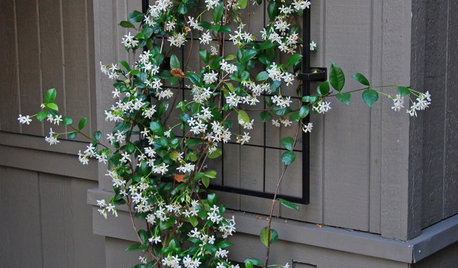
FEEL-GOOD HOMESimple Pleasures: Scent and Memory
Fragrant jasmine, fresh-brewed coffee, baking bread. Scents can evoke memories and bring sensory pleasure to our homes
Full Story
GARDENING GUIDESWhat Kind of Roses Should You Grow?
Want to add the beauty of roses to your garden? Find out which ones, from old-fashioned to modern, are right for you
Full Story
SPRING GARDENINGTop 10 Scented Plants for Your Garden
A palette of perfumed plants can transform even the smallest of gardens into a sensory delight
Full Story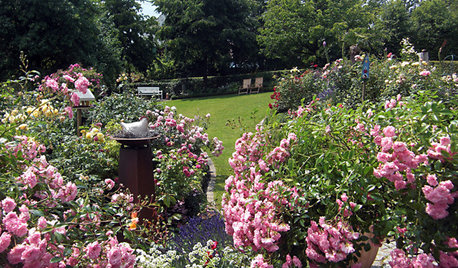
GARDENING GUIDES5 Sweet to Spirited Pink Roses for an Enchanting Garden
Whether you go demure or daring, there's a pink rose here to make you flush with garden pride
Full Story


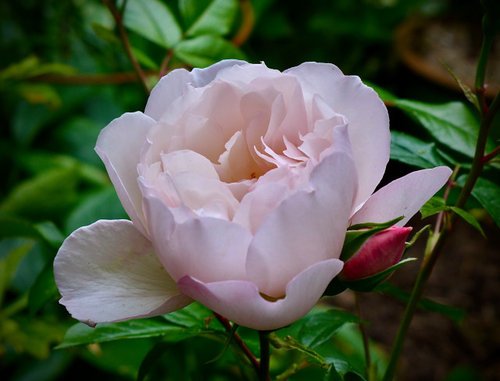
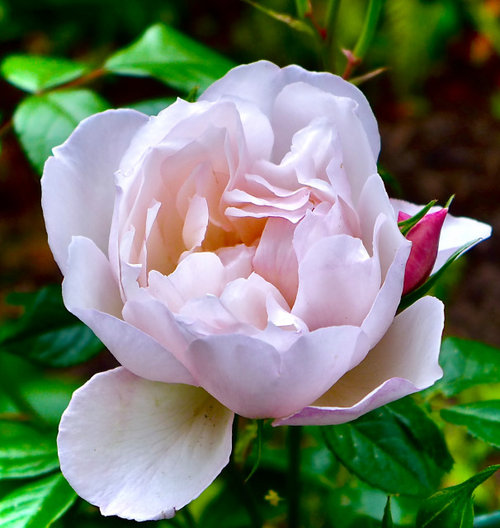
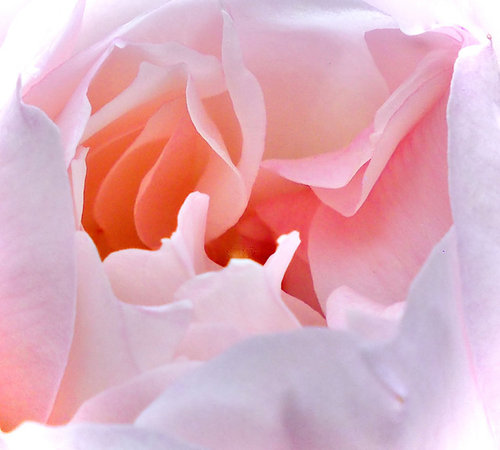



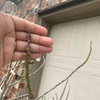
HU-309620285Original Author